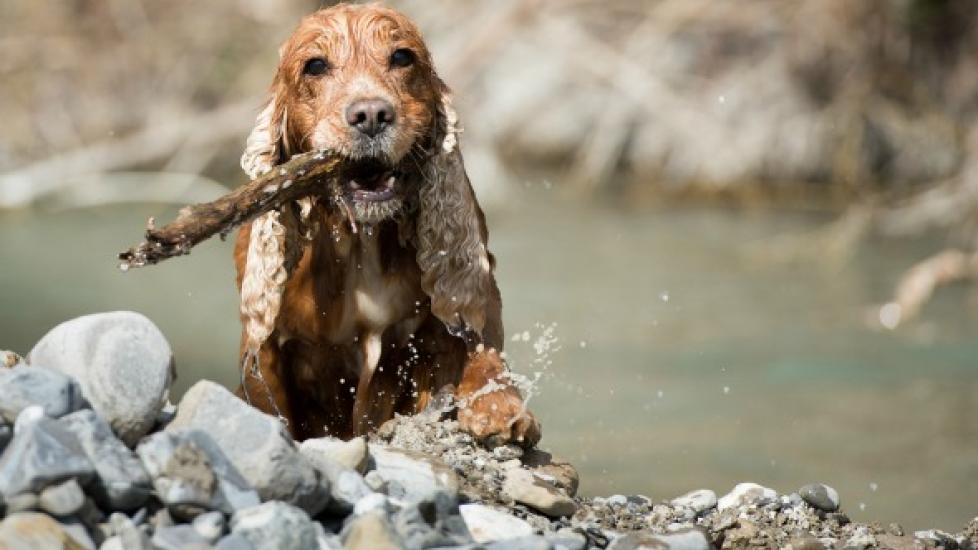In the world of canine health, there are a myriad of conditions that pet owners must be aware of. One such condition is water mold infection, also known as pythiosis, which poses a significant threat to our beloved dogs. This article aims to delve into this insidious disease, shedding light on its causes, symptoms, diagnosis, treatment options, and preventive measures. With an emphasis on education and empathy, we hope to empower dog enthusiasts with knowledge that could potentially save lives.
Understanding Pythiosis:
At the heart of pythiosis lies a filamentous aquatic organism called “Pythium insidiosum“—a water mold that thrives in warm, humid environments and stagnant water bodies like lakes, rivers, or ponds. When dogs come into contact with these areas during swimming or wading activities, they may inadvertently inhale spores from the mold, leading to internal organ infections most commonly affecting the liver, skin, eyes, and central nervous system.
Symptoms of Water Mold Infection:
The clinical manifestations of pythiosis vary widely depending on where the infection takes hold within the body. Common signs include:
1. Liver Involvement: Jaundice, abdominal pain, lethargy, weight loss, and elevated liver enzymes.
2. Cutaneous Form: Draining tracts, nodules, ulcers, or plaques, often around the head, neck, legs, or genital area.
3. Ocular Infections: Conjunctivitis, corneal ulceration, inflammation, and potential vision impairment.
4. Central Nervous System Affected: Head tilt, seizures, circling behavior, and ataxia.
Diagnosis and Treatment:
Given the non-specific nature of initial symptoms, it’s crucial for veterinarians to maintain a high index of suspicion when presented with cases involving persistent illness without clear cause. A combination of thorough physical examination, blood tests, imaging techniques (e.g., ultrasound, CT scans), and tissue biopsies can help confirm the presence of P. insidiosum. Once diagnosed, treatment typically involves surgical removal of infected tissues followed by long-term antifungal therapy using specific medications designed to target the mold effectively. It’s important to note that early intervention significantly improves prognosis.
Prevention Strategies:
Pet parents should take proactive steps to reduce their dog’s risk of contracting pythiosis. Some key preventative measures include:
1. Avoidance of Endemic Areas: Stay informed about local outbreaks and steer clear of contaminated waters if possible.
2. Post-Exposure Monitoring: Keep a close eye on your dog after any suspected exposure and seek veterinary attention promptly if concerning symptoms arise.
3. Regular Check-Ups: Scheduling regular wellness visits with your vet allows them to detect subtle changes in your dog’s health before they escalate.
4. Healthy Diet and Immune Support: Maintain a balanced diet rich in nutrients that support immune function, which can contribute to better resistance against infections.
5. Educational Awareness: Understanding the risks associated with water mold and sharing this information among fellow pet owners helps create a community of vigilance.
Conclusion:
Water mold infection is a complex and serious condition that requires diligence and awareness from both veterinarians and pet guardians alike. By recognizing the signs, understanding how to prevent it, and seeking prompt medical care, we can work together to safeguard the well-being of our four-legged companions. Let us continue to learn, share, and provide the best care possible for our loyal friends who enrich our lives beyond measure.
